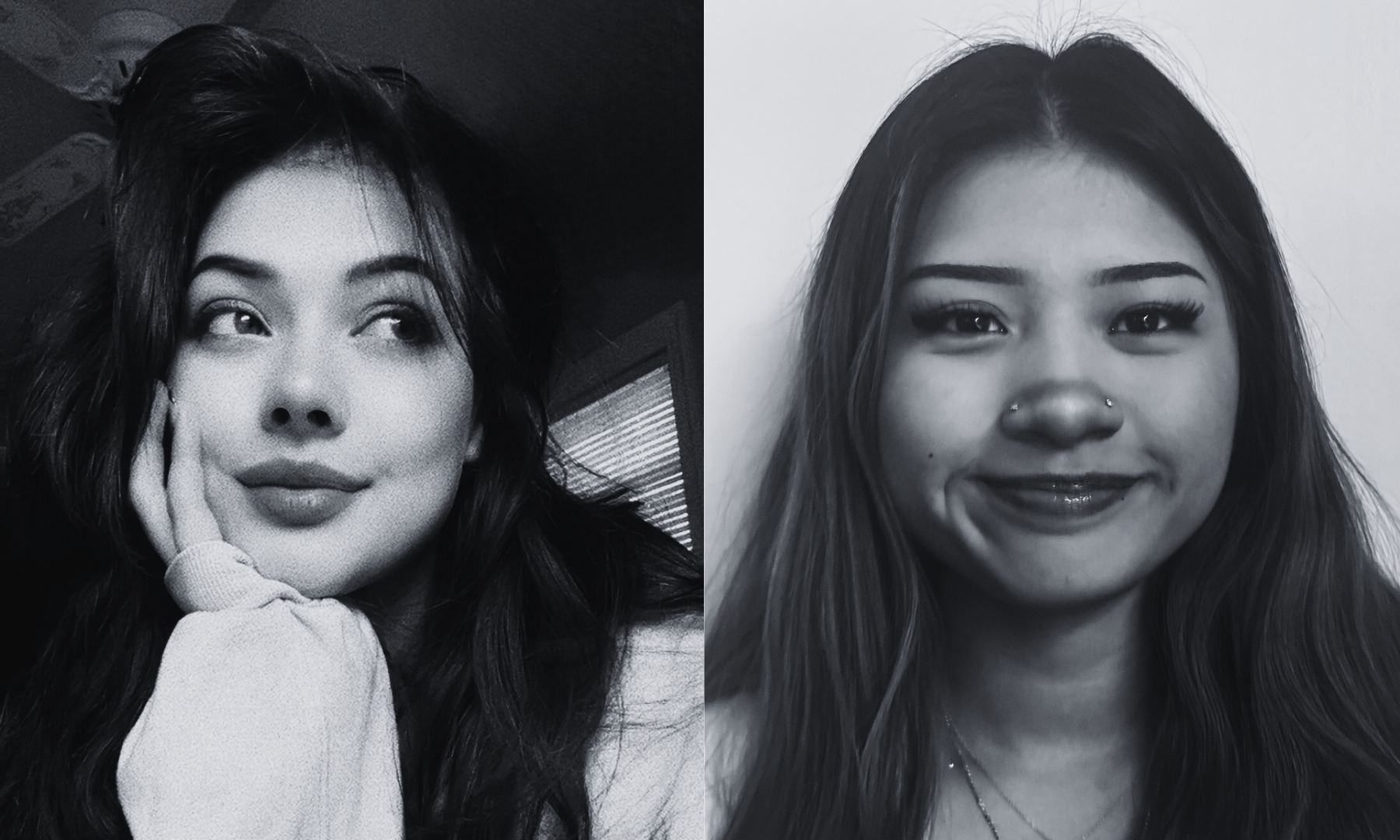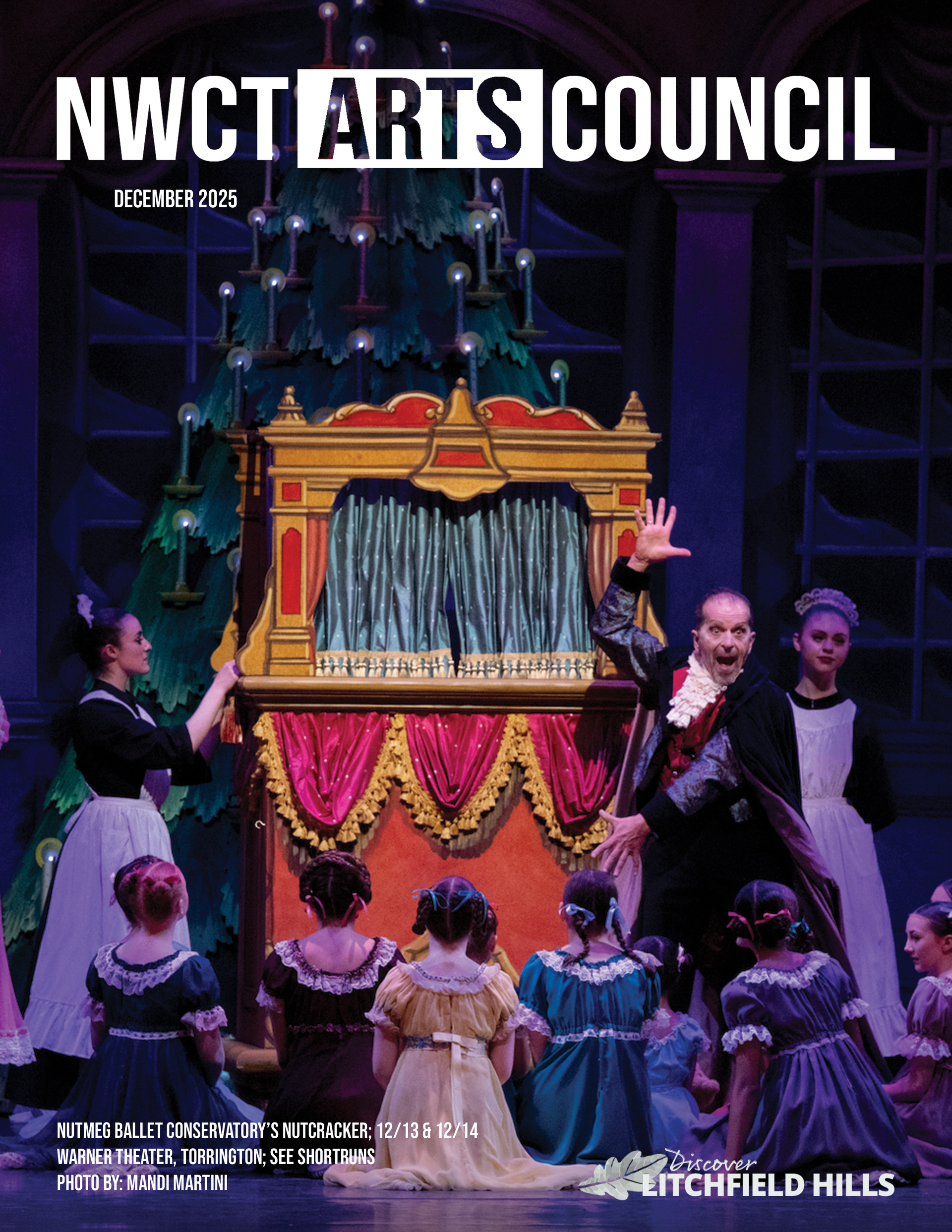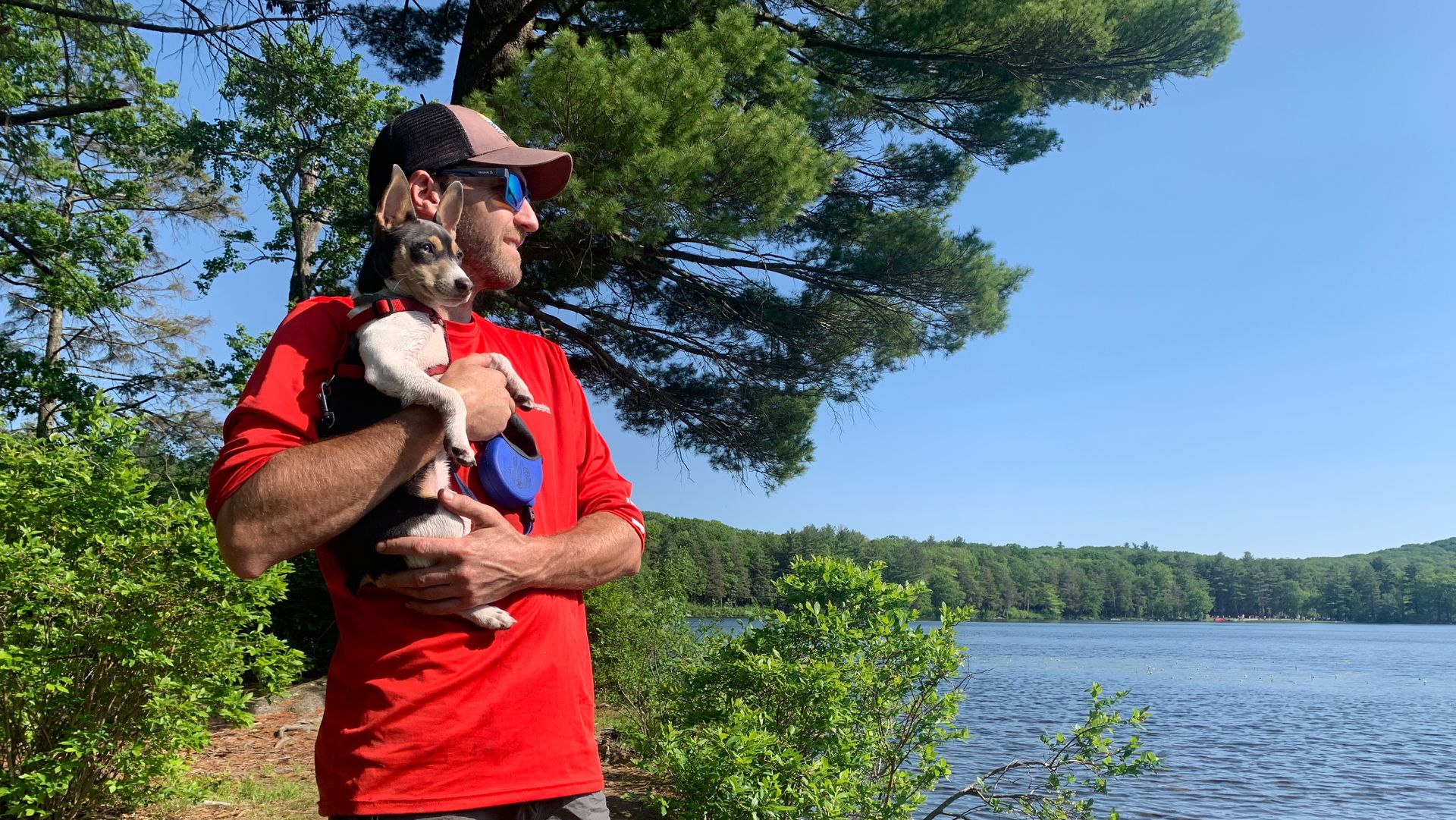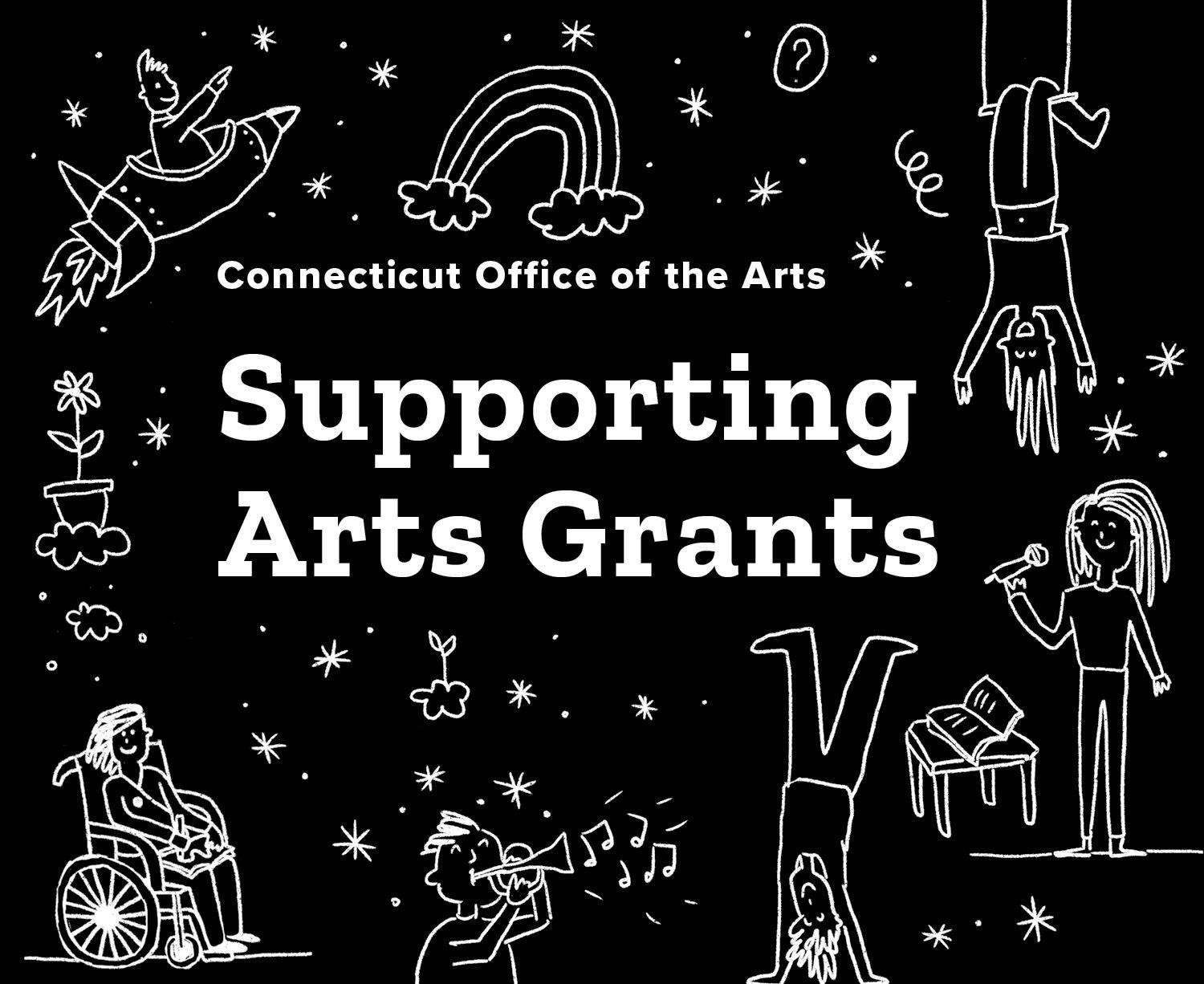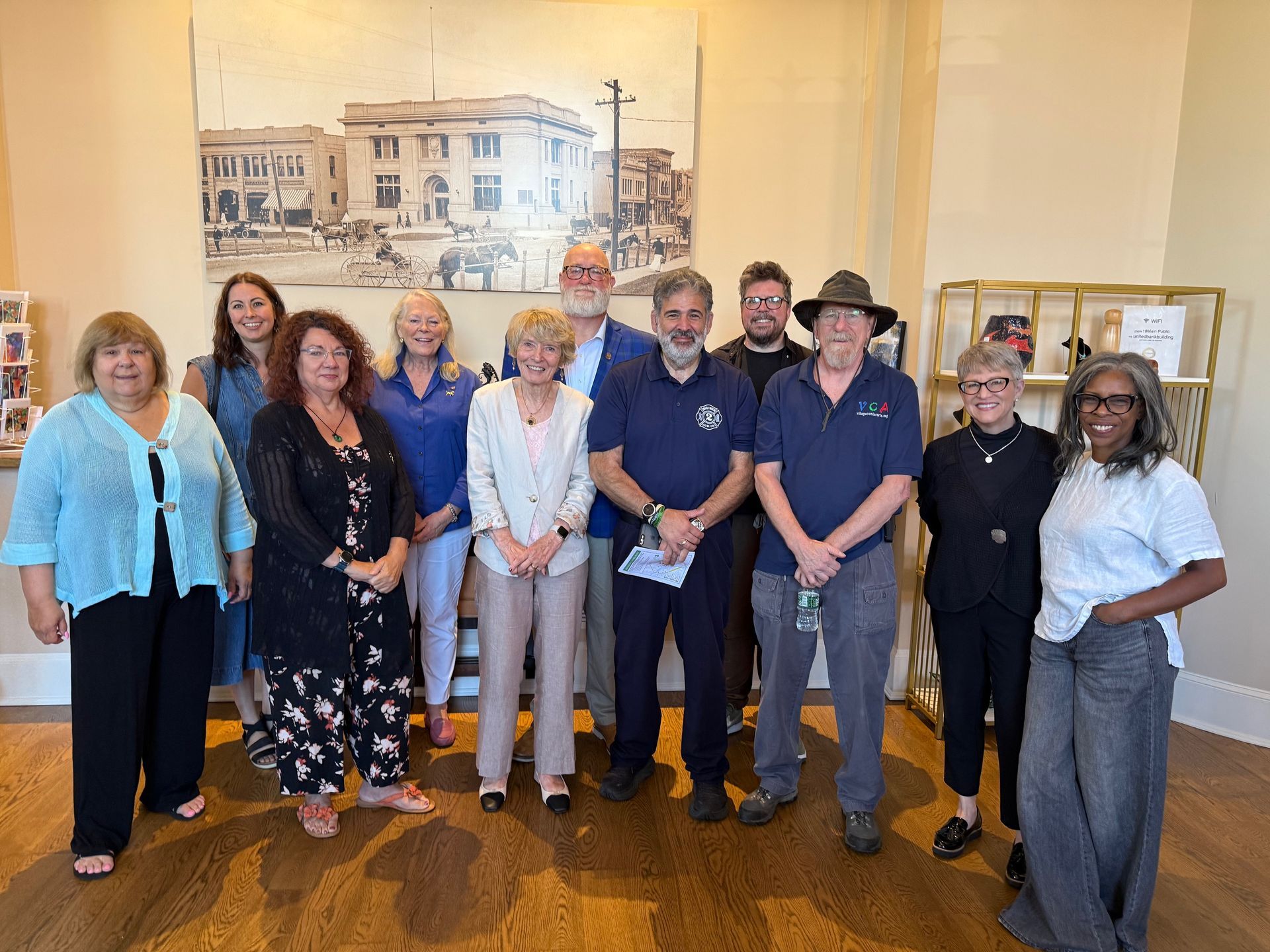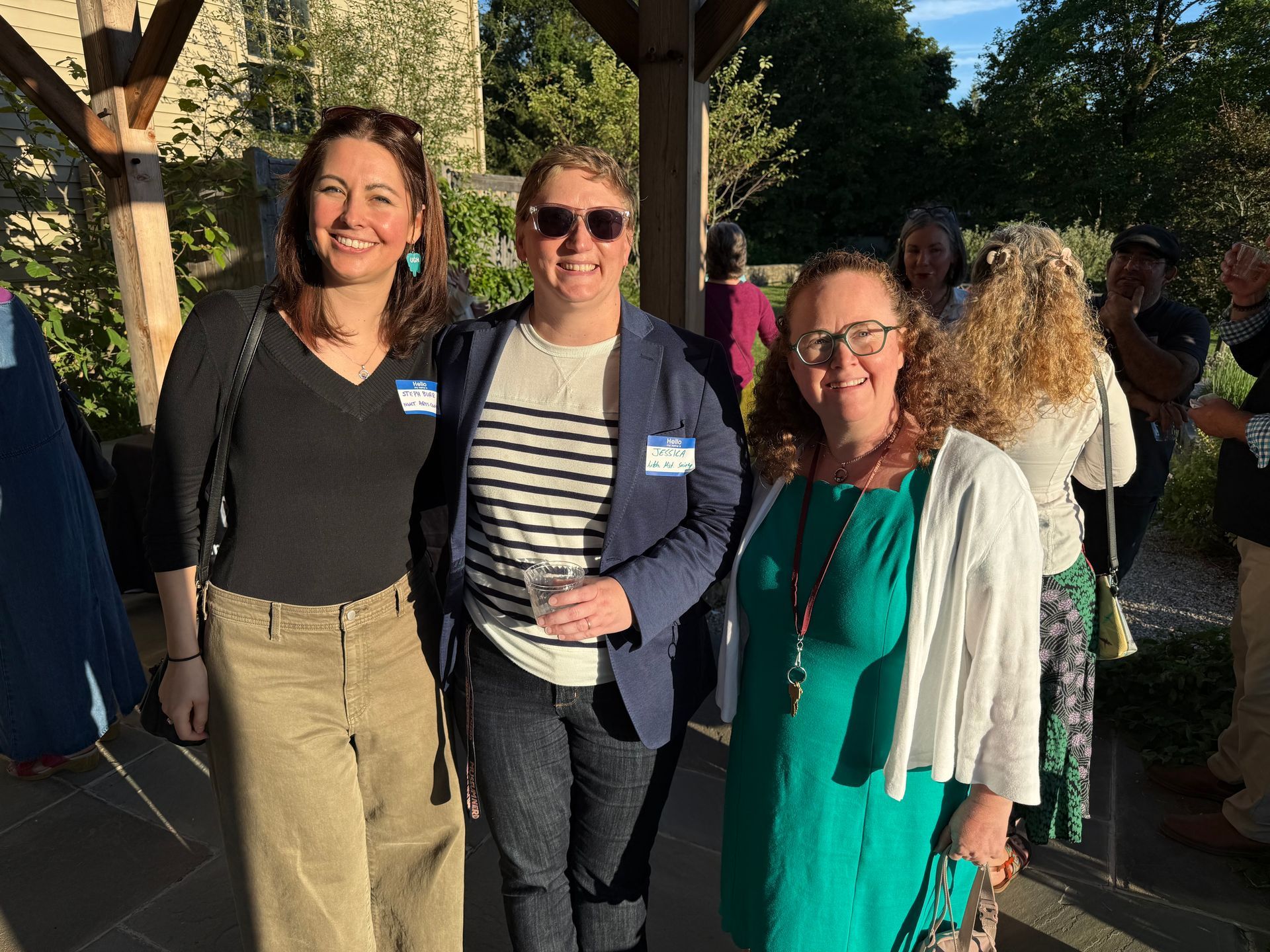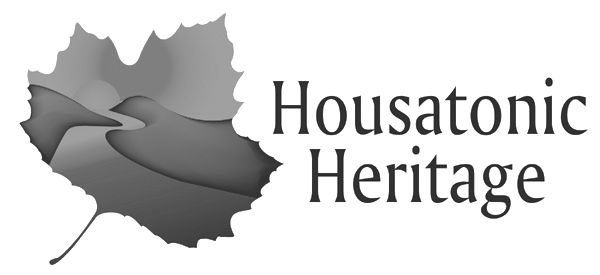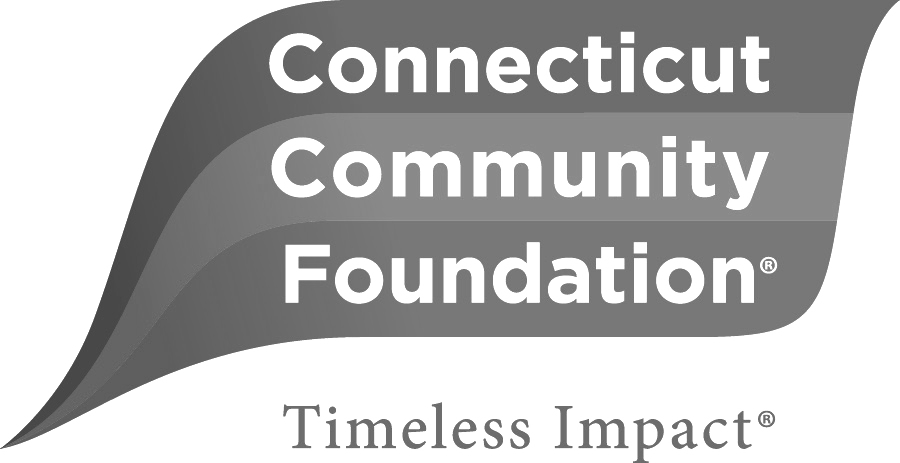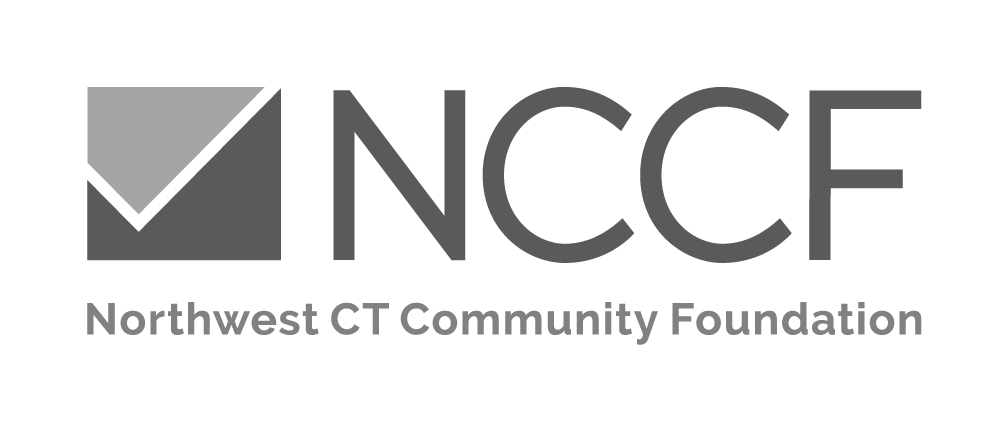Protecting Our Right to Public Art in Northwest Connecticut
Photo courtesy Danielle Mailer
Protecting Our Right to Public Art in Northwest Connecticut
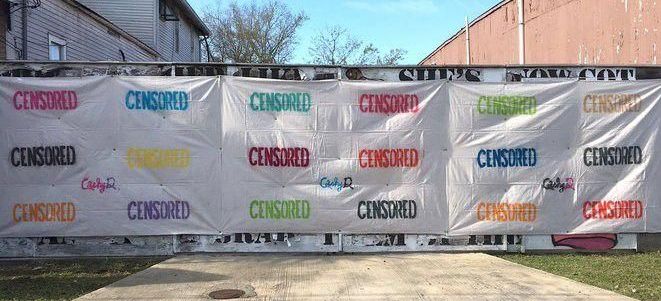
(Photo courtesy Neal Morris)
Public art is a powerful form of expression that enriches our communities, enhances public spaces, and reflects our collective identity. In Northwest Connecticut, safeguarding the right to public art is essential not only for preserving cultural heritage but also for fostering creativity and community engagement.
As part of the Northwest Connecticut Arts Council & NW Hills Economic Development Collaborative (EDC)’s priorities, supporting the Creative Economy and facilitating the installation of public art is a key focus this year.
The Role and Importance of Public Art
Public art transforms spaces into vibrant community landmarks. It can take many forms, from murals and sculptures to installations and performances, each contributing to the cultural and aesthetic value of a place. In Northwest Connecticut, public art highlights the region's natural beauty, historical significance, and contemporary cultural dynamics. It encourages public interaction, evokes community pride, and serves as a medium for storytelling.
Challenges to Public Art
- Lack of Public Art Policy: The absence of a comprehensive public art policy in Northwest Connecticut poses significant challenges. Without clear guidelines and regulations, the process of approving, funding, and maintaining public art projects becomes inconsistent and cumbersome. This lack of policy can lead to disputes over the ownership and maintenance of public art projects, deter potential artists and donors, and result in the neglect or unauthorized removal of valuable cultural assets. Ultimately, a cohesive public art policy is essential to foster a thriving and sustainable public art scene that reflects and enhances the community’s cultural identity.
- Zoning Boards and Government Regulation: Zoning boards play a role in the approval and regulation of public art, but it is important to note that their regulatory power is limited by the First Amendment, which prohibits the government from acting as an art critic or discriminating against specific messages in public art.
- Maintenance and Conservation: Without proper upkeep, public art can suffer from neglect, vandalism, or environmental damage. This not only diminishes the artwork’s value but also the community’s enjoyment and engagement with it. It it important that artists and building owners establish agreements that address the ownership, maintenance responsibilities, and eventual removal of works of public art.
The Rules on Regulating Public Art
When it comes to allowing an expression of speech on a public forum or utility, there are guidelines in which the government can regulate. Particularly, if the public utility or property is NOT a traditional public forum, then art can be prohibited across the board. For example, utility poles have a specific purpose and are not considered a traditional public forum; therefore, it is possible for a municipality to ban anything to be pinned to them. The same rules can be applied to areas like public parking lots and crosswalks. However, if a town has traditionally allowed public art in a space, they cannot discriminate the content of the artwork. For example, if a municipality allows a crosswalk to be painted like a piano, then they must also allow it to be painted as a rainbow.
Legal Framework and Case Studies
When it comes to art on private property, the legal framework surrounding public art can be complex. Connecticut Statute 8-2 allows regulation of advertising signs but not all signage, a nuance upheld in various court rulings. This principle was recently affirmed by the U.S. Supreme Court in its 2015 decision, Reed v. Town of Gilbert. In this case, the Court struck down a sign code in Gilbert, Arizona, that restricted a church from putting up signs about its religious services while allowing similar signs for political campaigns and other topics. This landmark decision underscores that any regulation of public art must be content-neutral and cannot favor one type of speech over another.
es
In New Orleans, a mural permitting law was ruled as a violation of the First Amendment, highlighting the importance of legal clarity and protection for public art.
NWCT Toolkit for Public Art
To support communities and artists, the NWCT Arts Council and NW EDC are developing a toolkit to help navigate the complexities of community expression and public art installation. This toolkit will provide guidance on legal regulations, funding sources, and best practices for maintenance and conservation. It aims to empower communities to embrace public art, ensuring it thrives across Northwest Connecticut.
Steps to Protect Public Art
Protecting the right to public art in Northwest Connecticut is a multifaceted challenge that requires community engagement, legal clarity, stable funding, and proactive conservation. By addressing these challenges and leveraging the resources and support these efforts, we can ensure that public art continues to enrich our communities, reflect our cultural heritage, and inspire future generations. Public art not only beautifies our surroundings but also strengthens the social fabric of our region, making Northwest Connecticut a vibrant and culturally rich place to live.
Sources:
Institute for Justice: First Amendment Protects Wall Art and Murals
